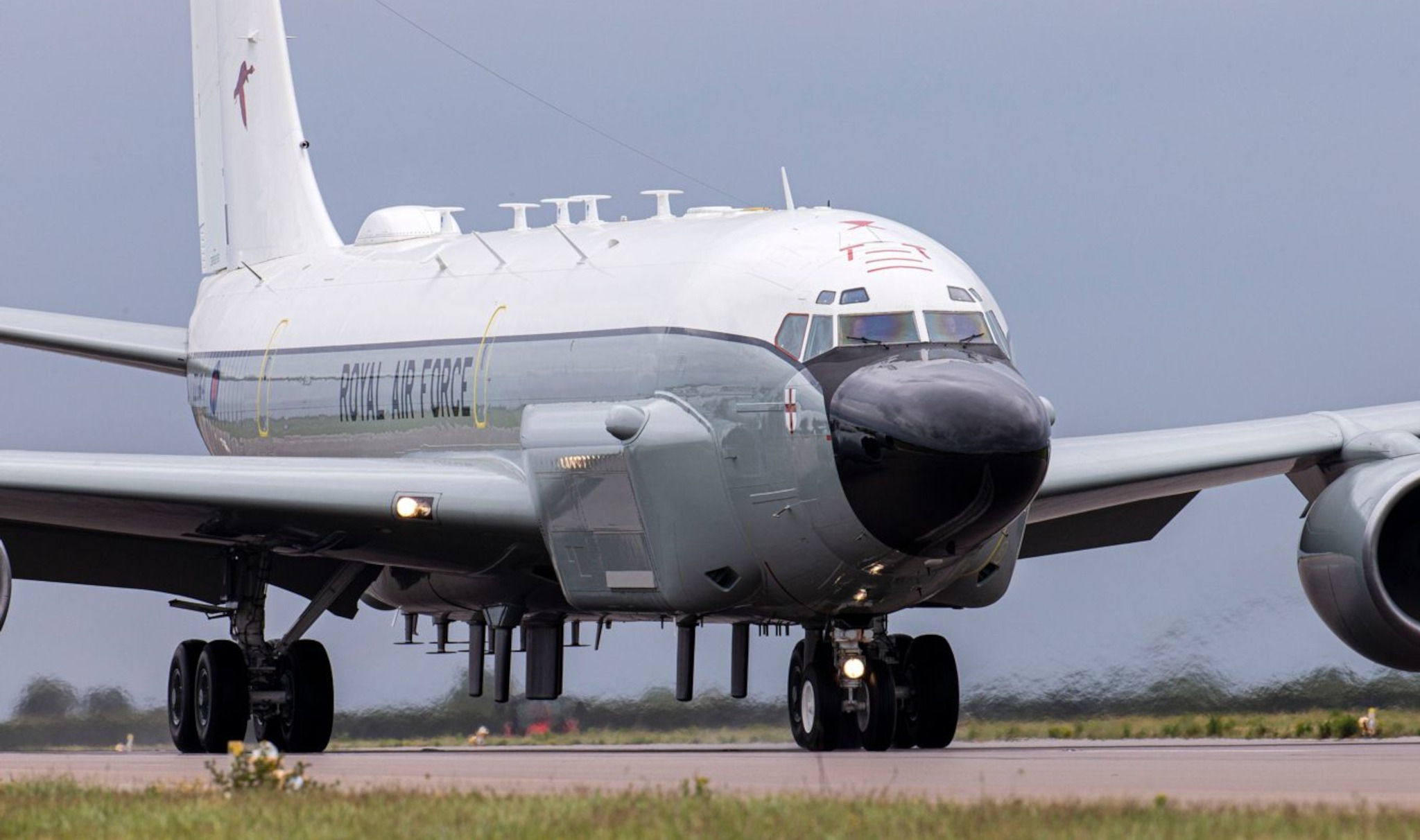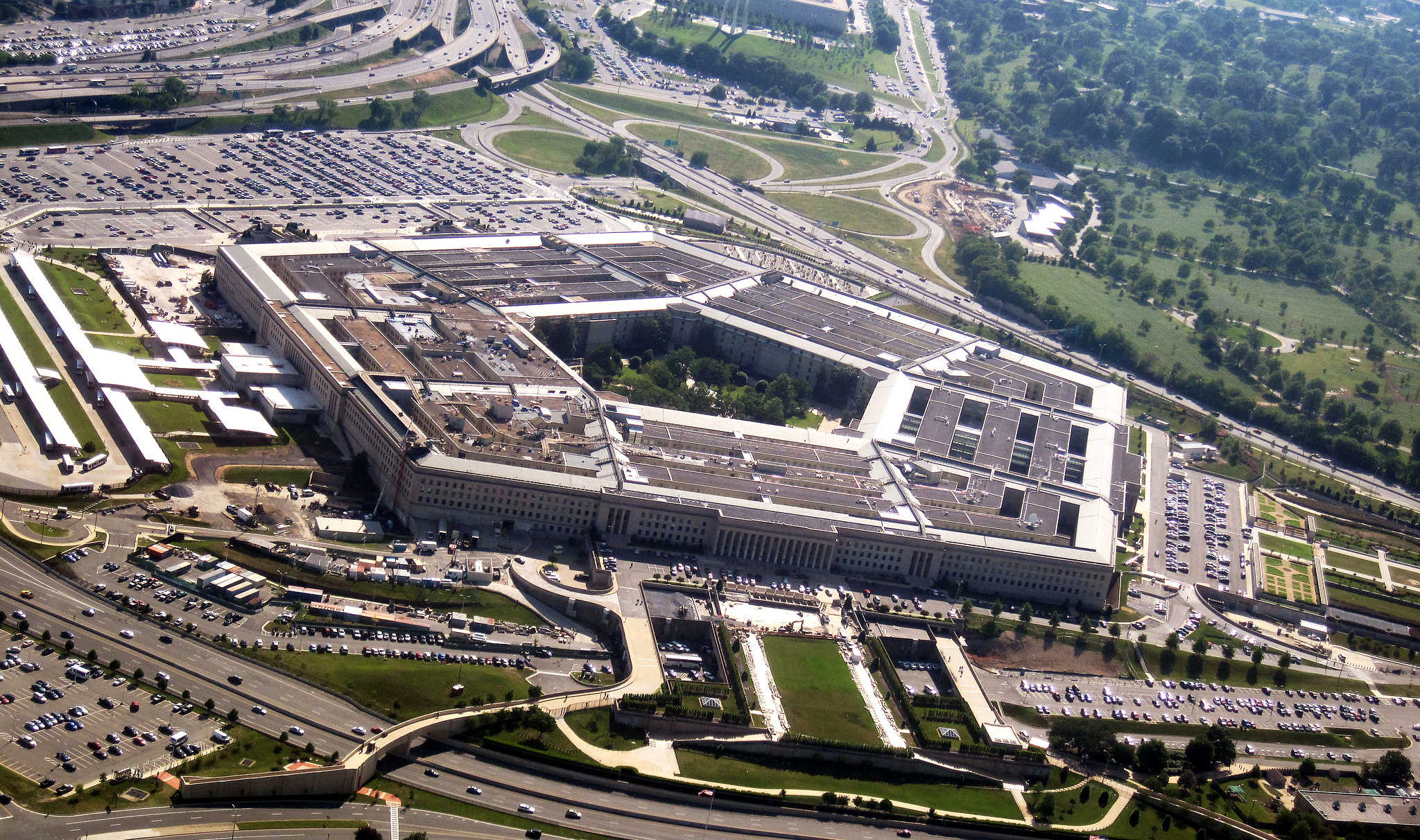British spy planes have flown more than a dozen surveillance missions over the Black Sea in support of Ukraine’s war effort since the autumn.
At least three of the sorties triggered a Russian reaction that saw Kremlin jets come very close to the British aircraft, according to leaked US intelligence files.
UK defence secretary Ben Wallace has only told parliament about the first incident, which took place on 29 September.
Wallace said an unarmed RAF RC-135 Rivet Joint aircraft was shadowed by two Russian Su-27 fighter jets for around 90 minutes.
One jet “released a missile in the vicinity of the RAF Rivet Joint, beyond visual range”. He said it was a “potentially dangerous engagement” against a “routine patrol” flying in international airspace.
Russia’s defence ministry claimed the missile firing was due to a “technical malfunction”.
The leaked material, which appears to be a secret daily briefing for the Pentagon’s Joint Staff, shows the US privately regarded the incident as a “near-shoot down of UK RJ [Rivet Joint]”.
An American military official told the New York Times it was “really, really scary” as a Russian pilot mistakenly thought he had permission to fire and locked onto the Rivet Joint, but the missile malfunctioned.
After that close call Britain used Typhoon fighter jets to escort its spy planes across the Black Sea, completing 12 missions by late February.
Not declared to parliament
Two of those sorties received Russian reactions, which were not declared to the UK parliament.
On 30 December, a Rivet Joint and two Typhoons came within 100 feet of Russian military aircraft, the leak indicates.
Barely a fortnight later, on 11 January, the same configuration of British planes came within two nautical miles of the Kremlin’s air force.
A Rivet Joint could cover that distance in less than 20 seconds.
Based out of RAF Waddington in Lincolnshire, Britain’s three Boeing-built Rivet Joints cost around £650m.
Dubbed the “flying vacuum cleaner”, they can hoover up secret military communications and share them with British intelligence agency GCHQ.
Many of the missions are publicly visible on flight radar websites.
Leaked US military papers describe their sorties as “airborne sensitive reconnaissance operations”.
Unmanned drones
The Pentagon has unmanned drones flying along similar flight paths south of Ukraine and Russian-occupied Crimea.
Russia downed a US drone over the Black Sea last month, ratcheting up tensions with Washington.
Although the aircraft are flying in international airspace, the Kremlin’s reaction may not be surprising given NATO’s considerable penetration of Russian communications since before the invasion even began.
The revelation that three British spy plane sorties have now come in such close contact with Russian jets will add to fears that the conflict is spiralling out of control.
Rivet Joints have also been seen flying close to Ukraine’s border with Poland and near Russian naval bases in Kaliningrad and Murmansk during the last year.
Kate Hudson, general secretary of the Campaign for Nuclear Disarmament, told Declassified: “These flights are provocative and extremely dangerous. They are just seconds away from triggering a NATO-Russia war which could rapidly become a nuclear conflict.”
She added: “While other countries are making serious attempts to start peace talks it is utterly reprehensible that our government pursues the continuation and likely escalation of this terrible war.”
The Ministry of Defence has previously declined to comment on the leaked papers when contacted by Declassified.
However, in a statement on Twitter, the department said on Tuesday: “The widely reported leak of alleged classified US information has demonstrated a serious level of inaccuracy.
“Readers should be cautious about taking at face value allegations that have the potential to spread disinformation.”
US agencies are investigating the leak, which is said to have come from a man who worked at an American military base.



